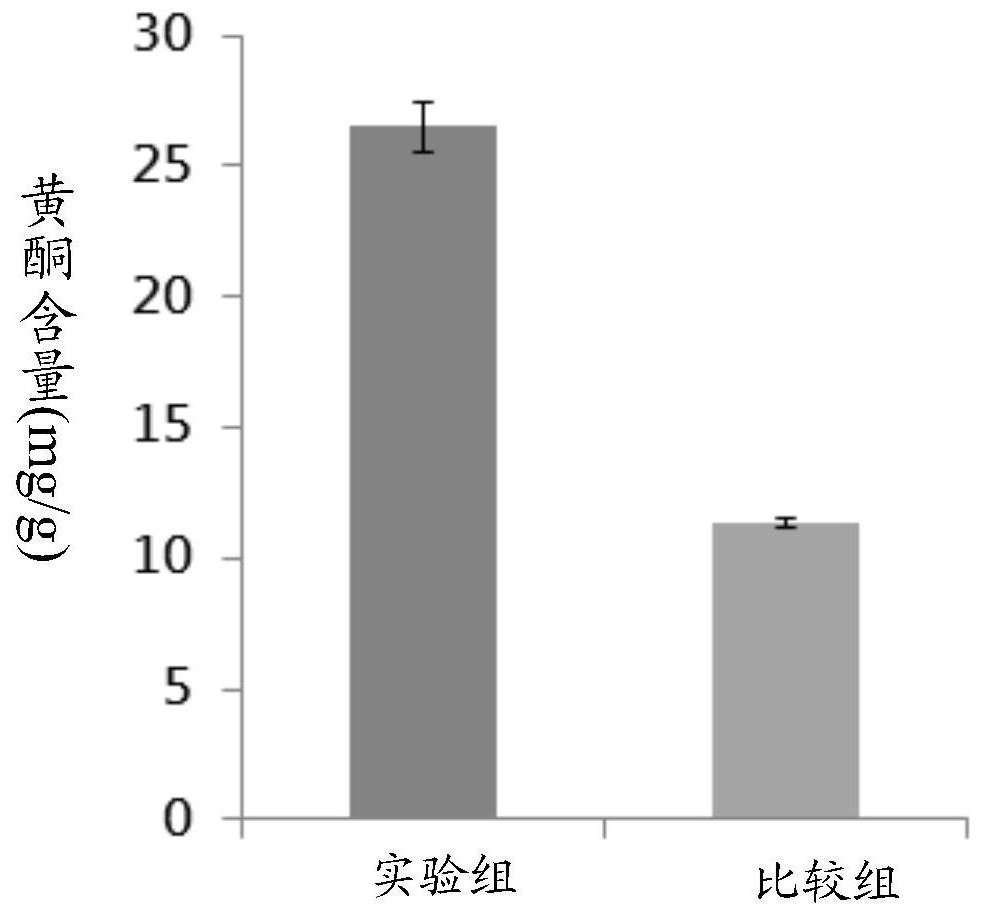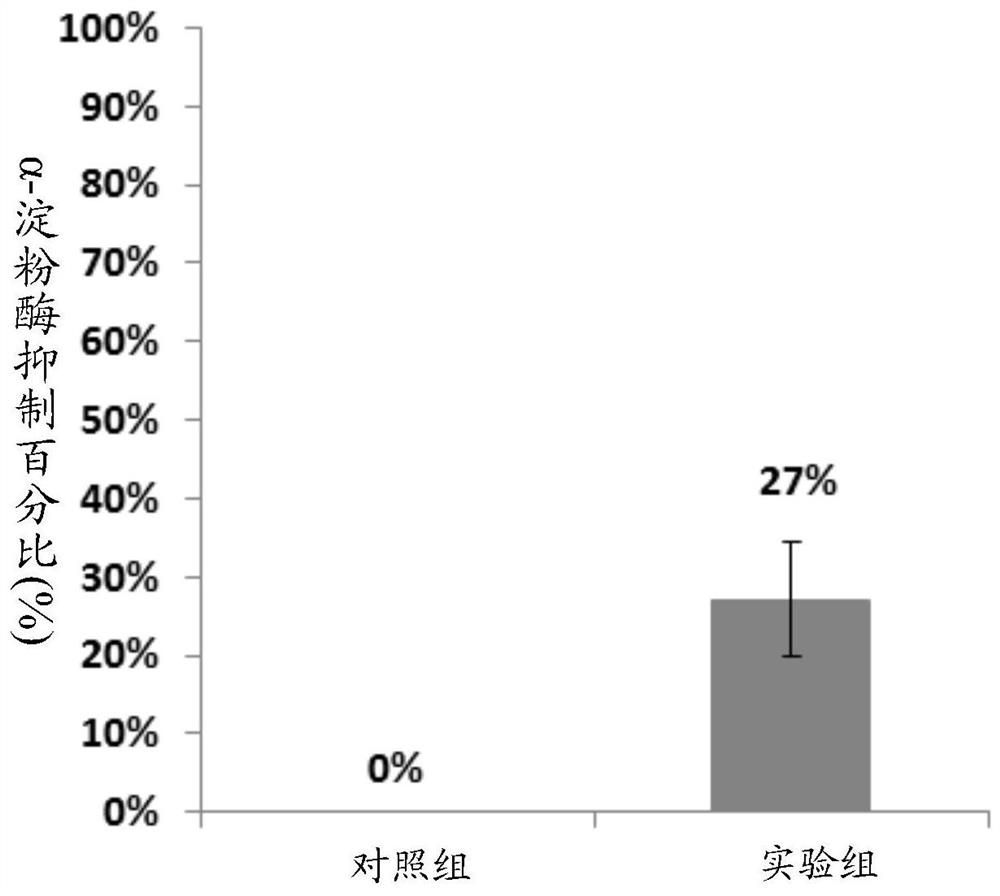Application of extract of young acerola cherries in regulating and controlling body weight, beautifying skin, resisting inflammation and resisting aging
A technology of acerola and extract, applied in the direction of anti-inflammatory agents, food ingredients containing natural extracts, medical preparations containing active ingredients, etc. problems, to achieve the effect of increasing elastin content, increasing collagen content, and regulating body weight
- Summary
- Abstract
- Description
- Claims
- Application Information
AI Technical Summary
Problems solved by technology
Method used
Image
Examples
Embodiment 1
[0054] Example 1. Preparation of an extract of young fruits of Acerola (Malpighia glabra)
[0055] First, the fruit (i.e. Acerola young fruit) of the 25th to 35th day after flowering (Malpighia glabra) (from Brazil) is cut into a size of 12 mm, then homogenized, followed by Water, alcohols, hydroalcohols or a combination thereof are used as the extraction solvent to extract the homogenized young acerola fruit, wherein the extraction temperature is between 75°C and 95°C, the volume ratio of the extraction solvent to the young acerola fruit Between 5~20: 1~5. Next, the obtained product is centrifuged, and the centrifuged supernatant is taken to obtain a filtrate, and then the filtrate is concentrated under reduced pressure at 50-60° C. to obtain a concentrated product. Afterwards, the concentrated product is spray-dried to obtain the young acerola fruit extract of the present invention.
Embodiment 2
[0056] Example 2. Detection of proanthocyanidins and flavonoids in the extract of young acerola fruit
[0057] The analysis method of proanthocyanidin (proanthocyanidin, OPC) content detection mainly refers to the method described in Colorimetryof Total Phenolics with Phosphomolybdic-Phosphotungstic Acid Reagents, V.L.Singleton, Joseph A.Rossi Am J Enol Vitic., January 1965,16:144-158 and added grooming. Take 0.1 mL of the properly diluted sample, add 0.6 mL of 4% vanillin methanol solution, and then add 0.3 mL of concentrated HCl, mix well and react in the dark at room temperature for 15 minutes, then use the ELISA reader (ELISA Reader) Measure the absorbance at 500 nm. The control group was replaced by an equal amount of deionized water, and methanol solutions of 100, 200, 300, 400, 500, 600, 700 and 800 μg / mL were prepared with catechin, and a simultaneous test was carried out and a standard curve was drawn as a quantitative method. Reference. In the present embodiment, ...
Embodiment 3
[0061] Example 3. Evaluation of the effectiveness of extracts from young acerola fruit in inhibiting α-amylase activity
[0062] This experimental method is mainly carried out with reference to the method of E.Apostolidis et al., (2007), Innovative FoodScience & Emerging Technologies, 8:46-54. First, prepare the following experimental materials: 0.02M sodium phosphate buffer solution (containing 6mM sodium chloride, pH 6.9), 2N sodium hydroxide, dinitrosalicylic acid (dinitrosalicylic acid) color reagent (also known as terminator), 1% soluble starch (starch) and α-amylase (α-amylase).
[0063] The preparation method of dinitrosalicylic acid coloring reagent is as follows: take 1 g of 3,5-dinitrosalicylic acid, add 50 mL of deionized water, slowly add 30 g of sodium potassium tartrate (sodium potassium tartrate tetrahydrate), and then add 20 mL of of 2N sodium hydroxide, quantified to 100 mL with deionized water. Stored with carbon dioxide filling, the shelf life is limited t...
PUM
 Login to View More
Login to View More Abstract
Description
Claims
Application Information
 Login to View More
Login to View More - R&D
- Intellectual Property
- Life Sciences
- Materials
- Tech Scout
- Unparalleled Data Quality
- Higher Quality Content
- 60% Fewer Hallucinations
Browse by: Latest US Patents, China's latest patents, Technical Efficacy Thesaurus, Application Domain, Technology Topic, Popular Technical Reports.
© 2025 PatSnap. All rights reserved.Legal|Privacy policy|Modern Slavery Act Transparency Statement|Sitemap|About US| Contact US: help@patsnap.com



